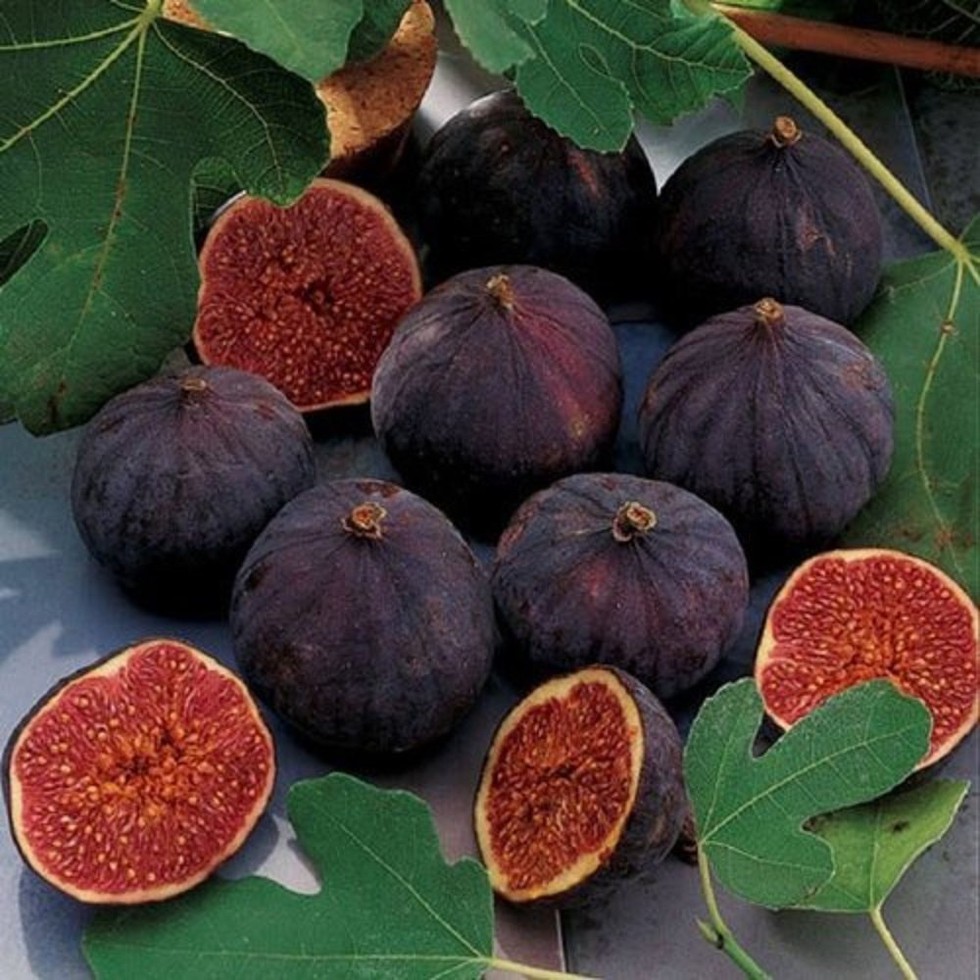About Purandar figs:
- Purandar’s figs, known to be one of India’s finest figs, are a GI commodity, known for their sweet taste, size, and nutritional benefits.
- It is cultivated in many villages of Purandar taluk in Pune district, Maharashtra.
- The agro-climatic factors such as dry weather, hilly slopes, well drained medium land are essential for Purandar Fig cultivation.
- Purandar has red and black soil that has high Calcium and Potassium content, which is responsible for the violet colour and size of the fig.
- It was awarded the GI Tag in 2016.
- Features:
- Purandar fig is bell-shaped, larger in size than other varieties, and has a distinctive violet skin colour that differentiates itself from other varieties.
- It has more than 80 percent pulp or edible part.
- The pulp colour is pinkish red and is highly nutritious.
- It is a rich source of vitamins and minerals.
What is the Agricultural and Processed Food Products Export Development Authority (APEDA)?
- APEDA was established by the Government of India under the Agricultural and Processed Food Products Export Development Authority Act of 1985.
- It works under the Ministry of Commerce and Industry.
- Objective: To develop and promote the export of scheduled products.
- The products specified under the APEDA ACT are called scheduled products, and exportersof such scheduled products are required to register under APEDA.
- It provides financial assistance, information, and guidelines for the development of scheduled products.
- Headquarters: New Delhi
- Functions:
- Setting the standards and specificationsfor the scheduled products.
- Registration of exportersof the scheduled products on payment of required fees.
- Improving packaging and marketingof the Scheduled products.
- Carrying out an inspection of products to ensure the quality of such products.
- Training in various aspects of the industries connected with the scheduled products.
- Development of industriesrelating to the scheduled products and undertaking surveys, feasibility studies, etc.
- Collection of statisticsfrom the owners of factories or establishments and publication of such statistics.
- Examples of scheduled products: Fruits, Vegetable, Meat, Poultry, Dairy Products, Confectionery, Biscuits, Bakery Products, Honey, Jaggery, etc.
